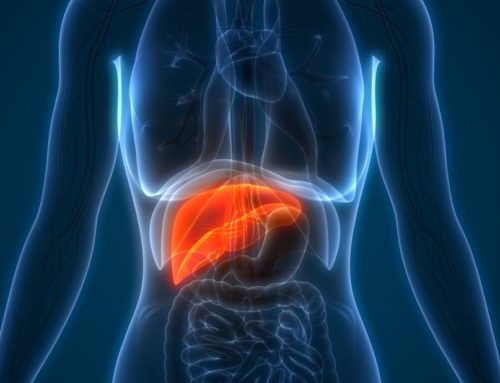Preeclampsia can occur any time after the 20th week of pregnancy and is marked by elevated blood pressure and usually—but not always—protein in the urine. Women should contact a health care provider immediately if any of the following symptoms occurs:
- Severe headache that does not go away even with medication
- Swelling of the face and hands
- Weight gain of more than five pounds in one week
- Difficulty breathing, gasping or panting
- Nausea after mid-pregnancy
- Changes in vision (spots, light flashes or vision loss)
- Upper right belly pain often mistaken for indigestion or the flu
- Reduced baby movement
Women are commonly told that the “cure” for preeclampsia is delivery of the baby. While premature delivery is often necessary to save the life of the mother and the baby, delivery does not always immediately halt the effects of preeclampsia, which in some cases can even present for the first time up to six weeks after delivery.
Women should take the following actions to monitor their pregnancies and reduce preeclampsia risk:
- Talk to a health care provider before or early in pregnancy about preeclampsia risk
- Attend all prenatal appointments
- Monitor blood pressure and weight regularly, and contact health care provider immediately if either becomes unexpectedly high
- Know family history, especially for pregnancy, high blood pressure and heart disease
- Eat a balanced diet, exercise regularly and maintain a healthy weight
Far too many lives are taken or seriously affected by maternal hypertensive disorders, underscoring the importance of symptom recognition and timely and effective response by trained health care workers. This is especially true in areas where there are many barriers to accessing high quality maternal health care.
Source: MATERNAL HEALTH TASK FORCE




